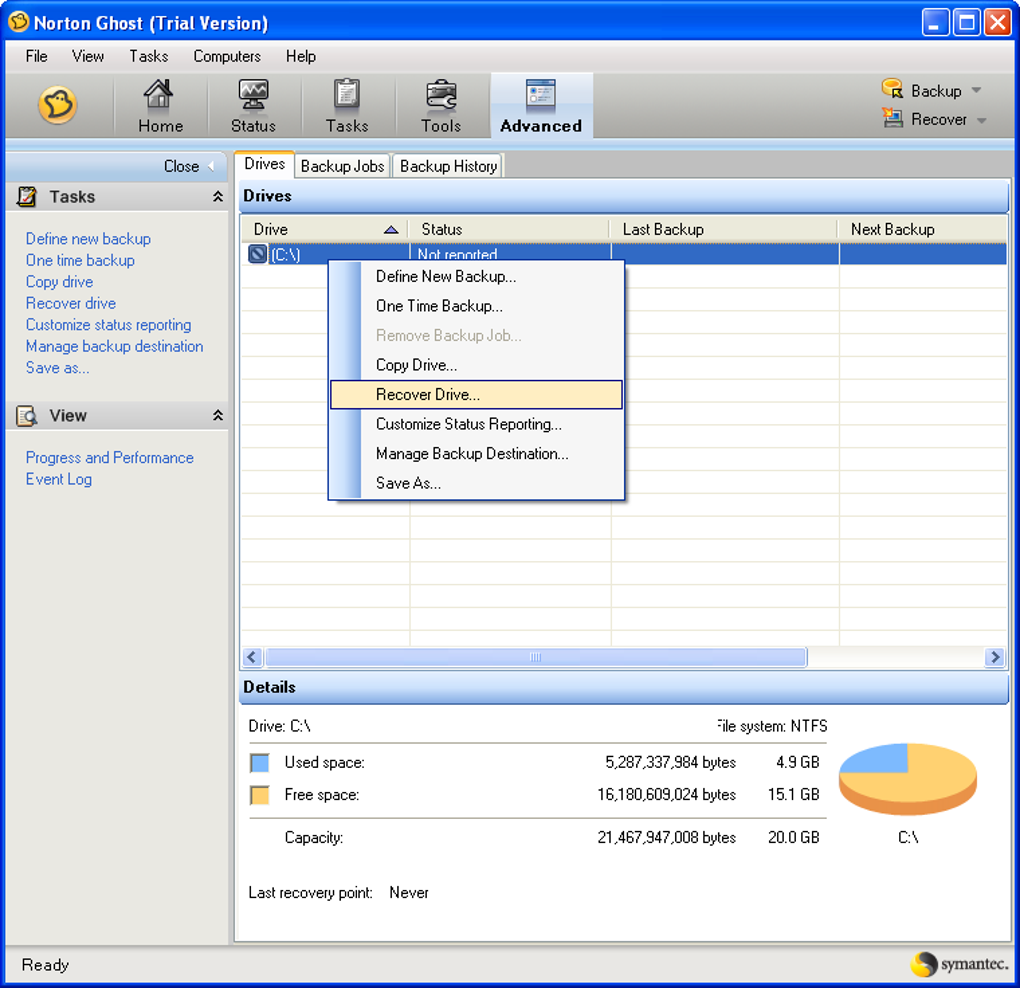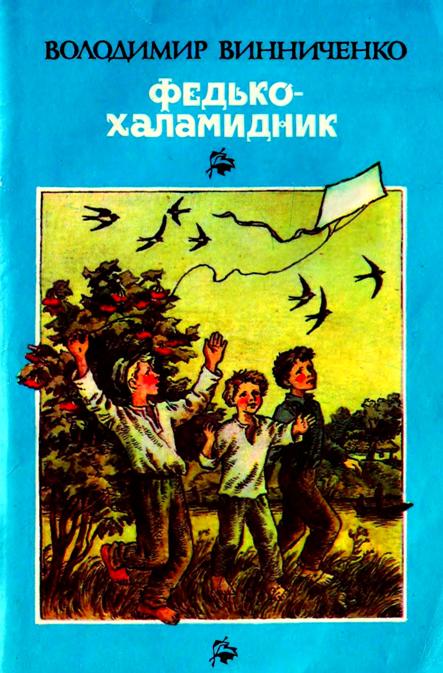Powerquest Drive Image 2002 Free Download
Hard drive imaging software Cloning a hard drive means making an exact copy of it, including the operating system, hidden files and every last bit and byte of data. The result is called an image file.
Including: • Offer sufficient guarantees that their services meets GDPR technical and organizational requirements • Eschew the use of subcontractors to support service contracts between the processor and their clients (controllers) without the express consent of the controller • On termination of a service contract, remove all data from their cloud and/or data center infrastructure, and provide sufficient proof that they have done so • Report data breach incidents to the regulatory body.  For example, it is easy to address clear-cut requests like, “Delete my mailbox and its entire contents”, not so easy to comply with more complex or ambiguous requests, like “Delete all my comments in this online forum.” Businesses that function as processors have additional obligations they must meet.
For example, it is easy to address clear-cut requests like, “Delete my mailbox and its entire contents”, not so easy to comply with more complex or ambiguous requests, like “Delete all my comments in this online forum.” Businesses that function as processors have additional obligations they must meet.
Download Powerquest Drive Image 2002 Download - best software for Windows. Drive Image: R-Drive Image 4.7 is a potent utility providing disk image files creation for. Drive Images new Windows interface now provides quick access to copy and restore functions. R-Drive Image for disk backup or recovery purposes to prevent losing your data after. Using R-Drive Image, you can completely and rapidly restore your system after. Download page. Tried many backup products all failed and crashed. This backup made it easy and trouble free highly recomend it for simple easy use.

Cloning goes beyond the scope of an everyday data backup, the point being that should a virus wreak havoc or Windows itself refuses to boot, you can make a full system recovery by restoring the image. You can also use an image file to set up another computer exactly like the first, applications and all. 
How do these two contenders stack up? Drive Image 5.0 This version of Drive Image builds on earlier success by including XP support and a new Windows interface. You fire up the QuickImage utility, tell it which drive or partition you wish to clone, specify a location for the image file - most likely a separate partition or a Zip or CD-R drive - and let the program reboot into DOS. To restore an image, just reverse the procedure. The 'virtual floppy' approach eliminates the need for boot disks (although we'd recommend you make emergency floppies, just in case). To speed matters up, Drive Image uses SmartSector technology to ensure that only the areas of a drive containing 'live' data are copied. Optional file compression shrinks the size of an image file by up to 50 per cent, and it's possible to schedule imaging to run automatically at set times.
We also liked ImageExplorer, a utility that lets you browse images and restore files and folders from within Windows. Drive Image includes basic but useful partitioning tools and also supports many, but not all, CD-R/RW drives. For the first time, you can now burn images directly to CD-R media at the drive's top speed. Unfortunately, there's no support for external USB or FireWire drives. Ghost 2002 The first thing you must do after installing Ghost is run the Boot Wizard utility to make a bootable floppy disk. It's a minor hassle but one that reinforces the attraction of Drive Image's floppy-less approach. Upon rebooting, Ghost launches in DOS - and at this point you reach for the manual.
Ghost sports about as Spartan an interface as you could imagine. When we finally figured out how to make it work, we found that cloning took longer than with Drive Image but the compression rate was higher.